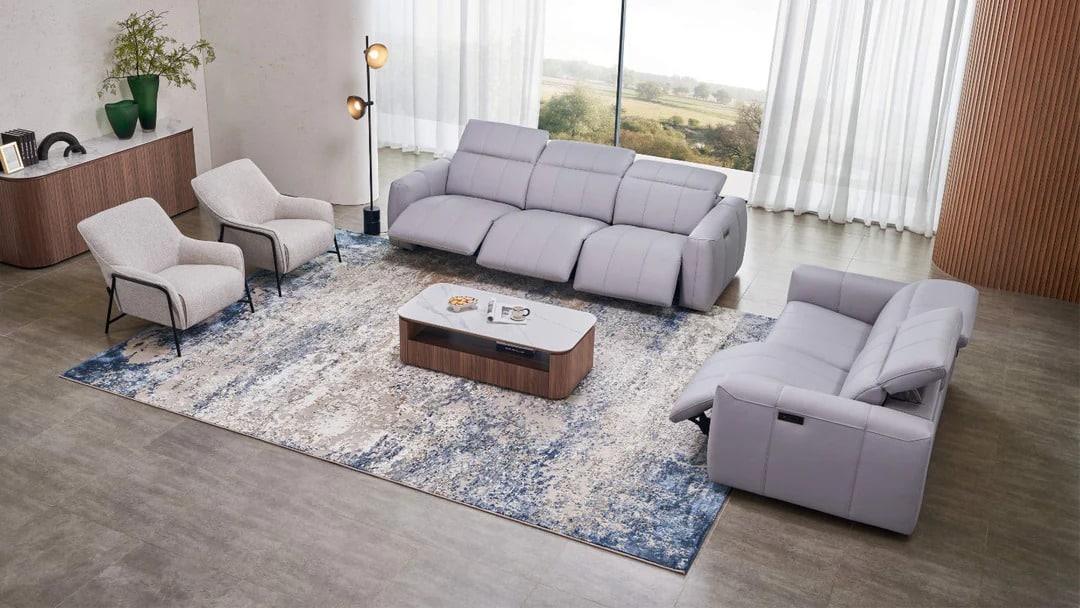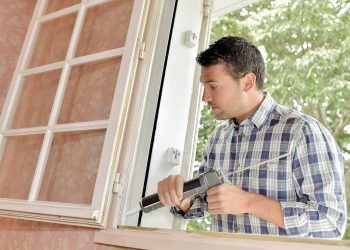Table of Contents

A leather lounge suite is a timeless investment that offers both comfort and elegance. However, with years of use, exposure to sunlight, and everyday wear, even the finest leather can lose its luster. Rather than replacing a beloved leather sofa, a careful restoration process can breathe new life into it, saving money and preserving its aesthetic appeal.
Restoring a leather sofa involves cleaning, conditioning, repairing minor damage, and protecting the material from future wear. With the right approach, you can transform a dull, cracked, or faded leather couch into a stylish and refreshed centerpiece for your home.
Assessing the Condition of Your Leather Sofa
Before beginning any restoration work, it’s important to evaluate the overall condition of your leather furniture. Look for common signs of wear, such as accumulated dirt, dryness, small cracks, fading, or scuffs from daily use. Identifying the specific problems will help determine the necessary restoration steps, whether it’s a simple deep clean or a more intensive repair.
Cleaning the Leather for a Fresh Start
Dirt, body oils, and dust build up over time, causing leather to appear dull and aged. A deep clean is the first step toward restoration. Using a mild leather cleaner or a homemade solution of warm water and a gentle soap, wipe down the surface with a soft cloth. It’s important to avoid excessive moisture, as too much water can damage leather. For dirt lodged in seams or creases, a soft-bristle brush can help lift stubborn grime. Once cleaned, allow the leather to dry naturally, away from direct sunlight or heat sources.
Restoring Moisture and Softness with Conditioning
Leather can dry out over time, leading to stiffness and cracks. Conditioning replenishes lost moisture and keeps the material supple. A high-quality leather conditioner containing natural oils like lanolin or beeswax works best. Gently applying the conditioner with a soft cloth in circular motions ensures deep penetration into the leather. After letting it absorb for about 15 minutes, buffing the surface with a clean cloth enhances the sheen and softness. Regular conditioning every six to twelve months helps maintain the durability of leather lounge suites and prevents long-term damage.
Repairing Scratches and Scuffs
Scratches and scuffs are inevitable, especially in homes with pets or frequent furniture movement. Minor imperfections can be easily repaired with a leather repair balm or a colour-matching dye. Applying a small amount of balm to the affected area and gently rubbing it in can make scratches disappear. For deeper marks, layering the product and allowing it to dry before buffing results in a more seamless finish. If damage is extensive, consulting a professional may be necessary to achieve a flawless restoration.
Restoring Faded Leather for a Vibrant Look
Sun exposure and aging can cause leather to fade unevenly. A recolouring balm or leather dye can restore vibrancy and create a uniform appearance. Applying the balm with a sponge in smooth, circular motions helps distribute the colour evenly. Letting it dry before adding additional layers ensures a more natural look. For long-lasting results, sealing the dye with a leather protector helps prevent further fading.
Protecting Leather from Future Wear and Tear
Once a recliner sofa from Melbourne or leather couch has been restored, taking preventive measures is key to maintaining its renewed appearance. Keeping leather furniture out of direct sunlight reduces fading, while using a leather protector spray helps guard against stains. Avoiding harsh chemicals or alcohol-based cleaners prevents drying, and regular dusting keeps the surface looking fresh. If pets share the furniture, keeping their nails trimmed minimises the risk of new scratches.
When to Seek Professional Restoration
Although many leather restoration techniques can be done at home, some conditions require professional intervention. Large tears, deep cracks, or significant peeling may be beyond DIY repair. In these cases, seeking expert services can restore the sofa without the need for replacement. Professional restorers have specialised products and techniques that can bring even severely damaged leather back to life.
Reviving a worn-out leather sofa is a cost-effective and rewarding project that restores comfort and elegance to your home. By following a careful process—cleaning, conditioning, repairing, and protecting—you can extend the life of your leather lounge suite for years to come. With proper care, a well-maintained leather couch will remain a luxurious and inviting piece in your living space.




